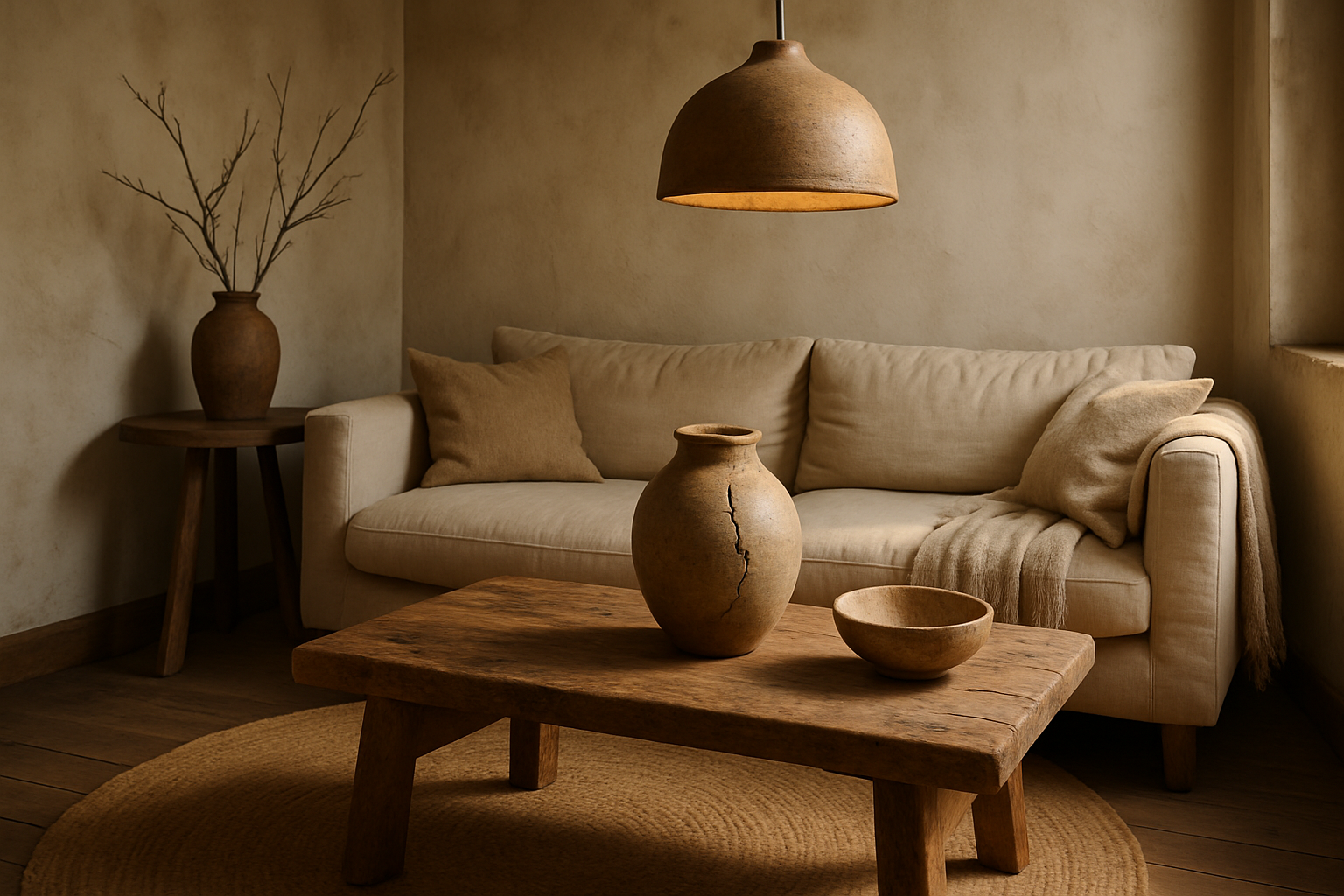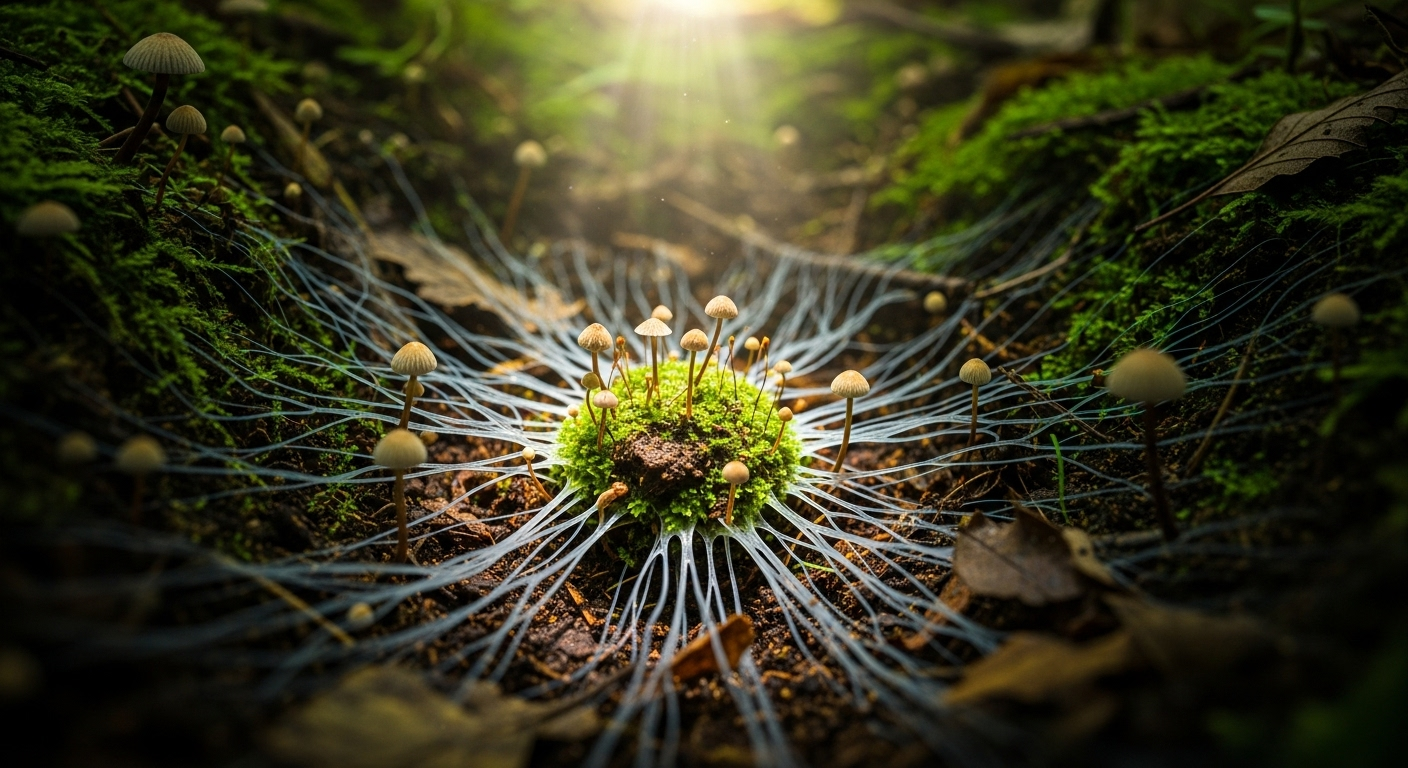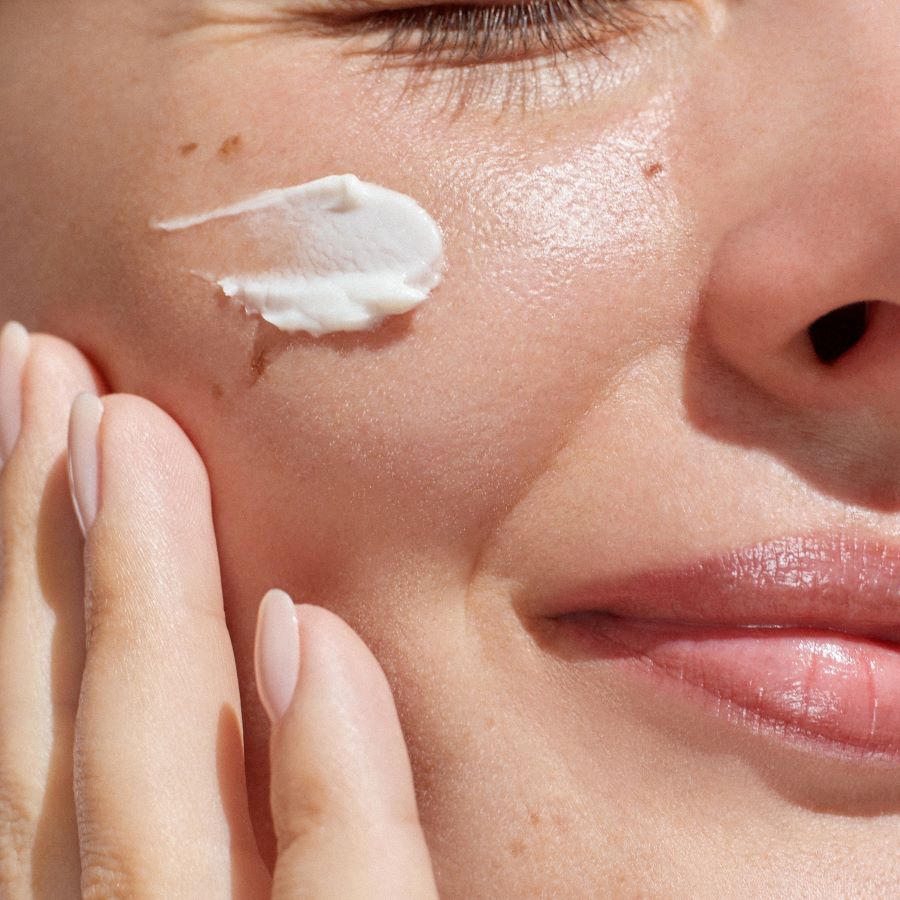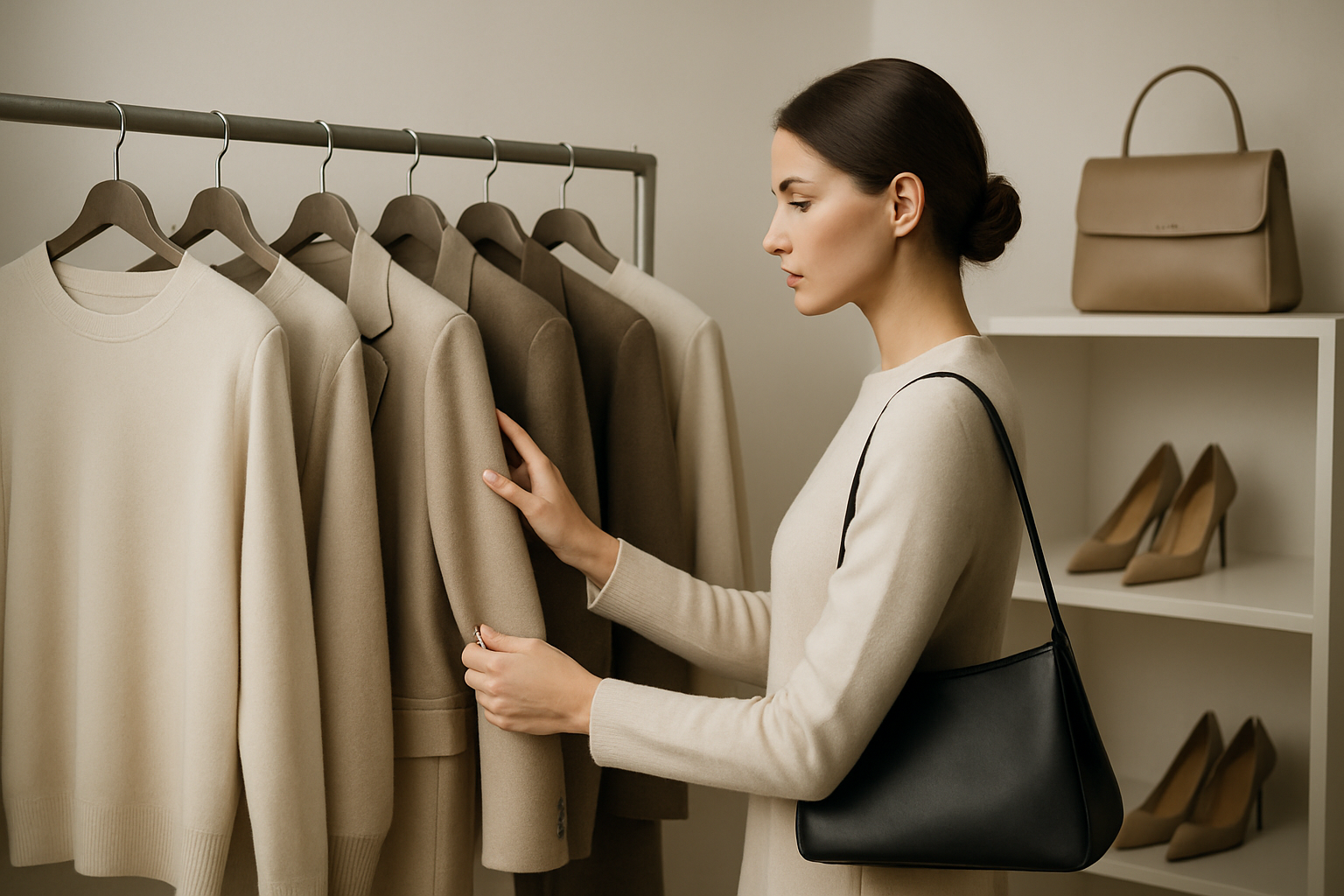Cryotherapy: The Cold Revolution in Beauty and Fitness
In the ever-evolving world of beauty and fitness, a chilling new trend has emerged, captivating enthusiasts and experts alike. Cryotherapy, once reserved for elite athletes and medical treatments, has rapidly gained popularity as a cutting-edge wellness practice. This innovative approach harnesses the power of extreme cold to rejuvenate the body and mind, promising a range of benefits from enhanced recovery to improved skin health. As more people seek novel ways to optimize their well-being, cryotherapy stands out as a fascinating fusion of science and self-care, challenging our perceptions of what it means to "chill out" in pursuit of beauty and fitness goals.
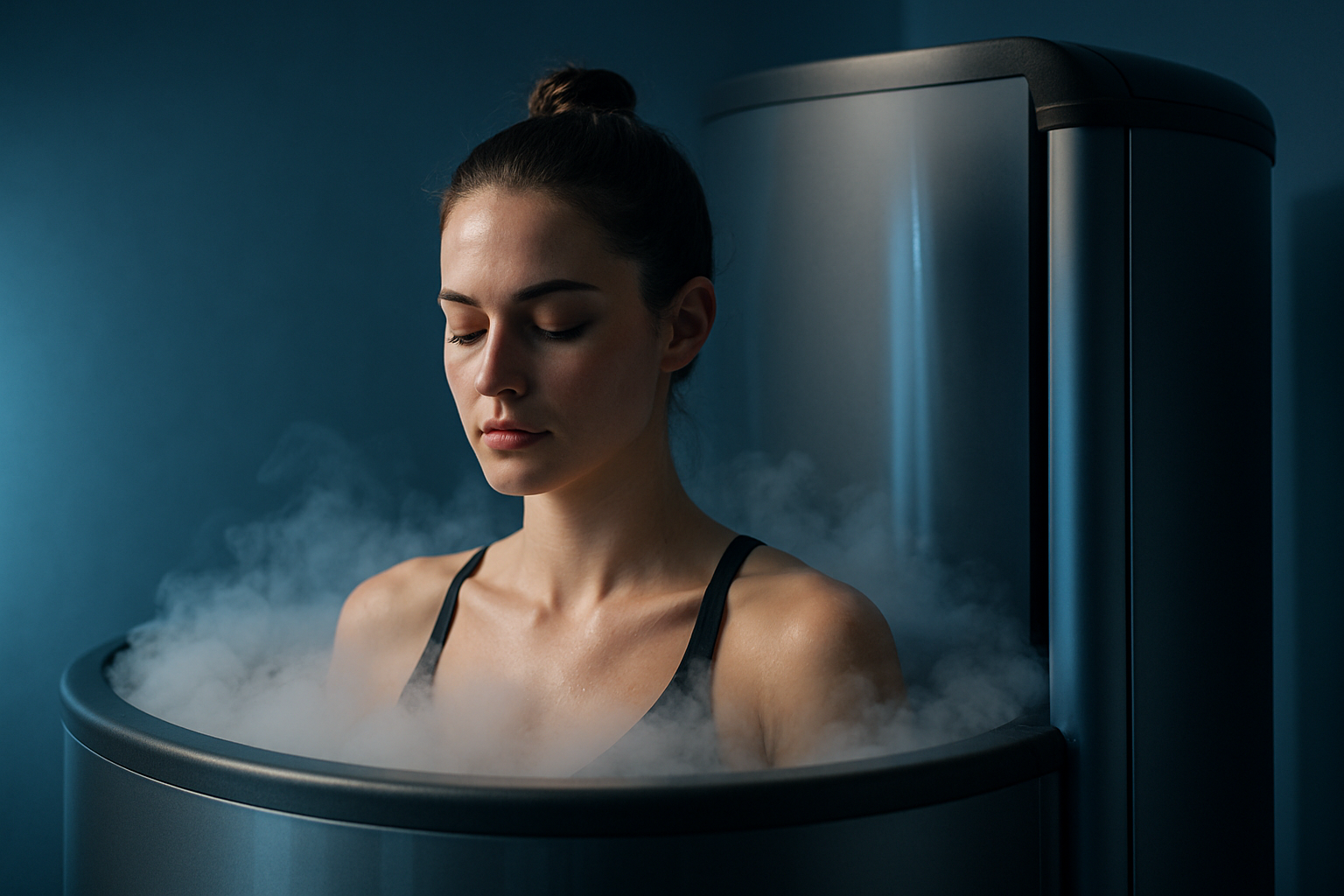
The practice slowly gained traction in Europe throughout the 1980s and 1990s, primarily used in sports medicine to aid recovery and reduce inflammation in athletes. It wasn’t until the early 2000s that cryotherapy began to transition from a purely medical treatment to a wellness trend, with the first cryotherapy spas opening in Europe and later spreading to the United States.
The Science Behind the Freeze
At its core, cryotherapy works by triggering the body’s natural healing mechanisms through exposure to extreme cold. When subjected to temperatures as low as -200°F (-128°C), the body enters a state of mild thermal shock. This causes blood vessels to constrict, redirecting blood flow from the extremities to vital organs to preserve core body temperature.
As the body warms up post-treatment, blood rushes back to the extremities, now enriched with oxygen, enzymes, and nutrients. This process, known as vasoconstriction followed by vasodilation, is believed to flush out toxins, reduce inflammation, and stimulate the release of endorphins and other beneficial hormones.
Research has shown that cryotherapy can increase metabolism, boost collagen production, and enhance the immune system. These effects contribute to its growing popularity in both the fitness and beauty industries, as users report benefits ranging from accelerated muscle recovery to improved skin tone and texture.
Cryotherapy in Fitness: Beyond the Ice Bath
In the fitness world, cryotherapy has revolutionized recovery strategies for athletes and fitness enthusiasts alike. Traditional ice baths, long a staple of post-workout routines, are being replaced by cryotherapy chambers that offer a more intense and efficient cold exposure.
Whole-body cryotherapy sessions typically last between two to three minutes, significantly shorter than the 10-20 minutes often recommended for ice baths. Despite the brevity, the extreme cold (-200°F to -300°F) penetrates deeper into muscle tissue, potentially offering more comprehensive benefits.
Athletes report reduced muscle soreness, decreased inflammation, and faster recovery times after cryotherapy sessions. This allows for more frequent and intense training sessions, potentially leading to improved performance. Moreover, the endorphin release triggered by the cold exposure can create a natural high, boosting mood and energy levels post-workout.
Some fitness centers are now incorporating cryotherapy into their offerings, alongside traditional gym equipment and classes. This integration reflects a growing emphasis on recovery as a crucial component of fitness regimens, recognizing that optimal performance is as much about how we treat our bodies between workouts as it is about the exercises themselves.
Beauty Benefits: The Frozen Fountain of Youth
The beauty industry has embraced cryotherapy with open arms, touting its potential anti-aging and skin-enhancing effects. Localized cryotherapy treatments, often focusing on the face and neck, have become increasingly popular in high-end spas and dermatology clinics.
Cryofacials, as they’re often called, involve applying a stream of vaporized liquid nitrogen to the face and neck. This super-cooled air is said to boost collagen production, tighten pores, and improve skin elasticity. The cold also constricts blood vessels, potentially reducing puffiness and creating a more toned appearance.
Beyond facial treatments, whole-body cryotherapy is believed to have systemic effects that benefit the skin. The increased circulation and metabolic boost can lead to a more radiant complexion, while the anti-inflammatory effects may help with conditions like acne and eczema.
Some beauty enthusiasts have even incorporated at-home cryotherapy tools into their routines. Ice rollers and cryotherapy wands have gained popularity, promising to de-puff, tighten, and brighten the skin with regular use.
The Cryotherapy Experience: What to Expect
For those curious about trying cryotherapy, the experience can be both exhilarating and intimidating. Whole-body cryotherapy typically takes place in a specially designed chamber or booth. Participants wear minimal clothing, often just underwear, gloves, and socks to protect extremities.
As the chamber fills with nitrogen vapor, temperatures plummet rapidly. The intense cold can be shocking at first, but many report that the discomfort is bearable due to the short duration. Sessions usually last between two to three minutes, during which time participants are encouraged to move around gently to maintain circulation.
Upon exiting the chamber, many describe a rush of endorphins and a tingling sensation as blood flow returns to the extremities. This “cryohigh” is often accompanied by increased energy and alertness that can last for several hours post-treatment.
Considerations and Controversies
While cryotherapy has gained a devoted following, it’s not without its critics and concerns. The FDA has not approved whole-body cryotherapy for any medical purpose, citing a lack of evidence for many of its purported benefits. Some scientists argue that more research is needed to fully understand the long-term effects and optimal protocols for cryotherapy use.
Safety is another consideration. While generally considered safe when performed under proper supervision, there have been rare instances of injury related to cryotherapy, usually due to improper use or prolonged exposure. It’s crucial for facilities offering cryotherapy to have well-trained staff and strict safety protocols in place.
Cost can also be a barrier for many. With sessions often priced between $60-$100, regular cryotherapy can be a significant investment. This has led to concerns about accessibility and whether the benefits of cryotherapy will remain primarily available to those with higher incomes.
Despite these challenges, the popularity of cryotherapy continues to grow. As more research is conducted and technology improves, it’s likely that we’ll see further refinements in how cryotherapy is applied in both fitness and beauty contexts.
In conclusion, cryotherapy represents a fascinating intersection of ancient wisdom and cutting-edge technology in the pursuit of health and beauty. Its rapid adoption in fitness and wellness circles speaks to our ongoing quest for novel, efficient ways to enhance our physical and mental well-being. As with any emerging trend, it’s important to approach cryotherapy with a balance of enthusiasm and caution, staying informed about the latest research and best practices. Whether cryotherapy proves to be a lasting revolution or a passing fad, it has undoubtedly left its mark on the beauty and fitness landscape, challenging us to reconsider the potential benefits of embracing the cold.
